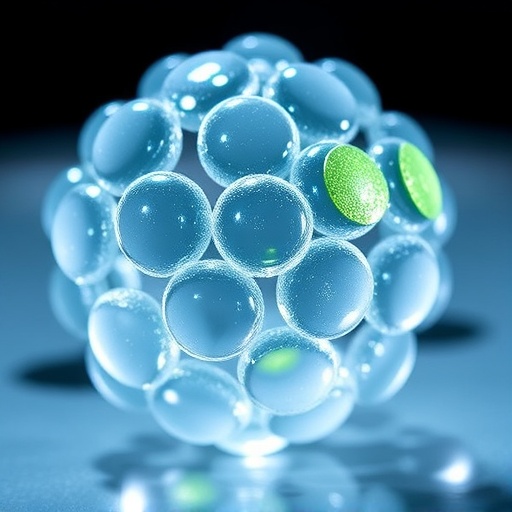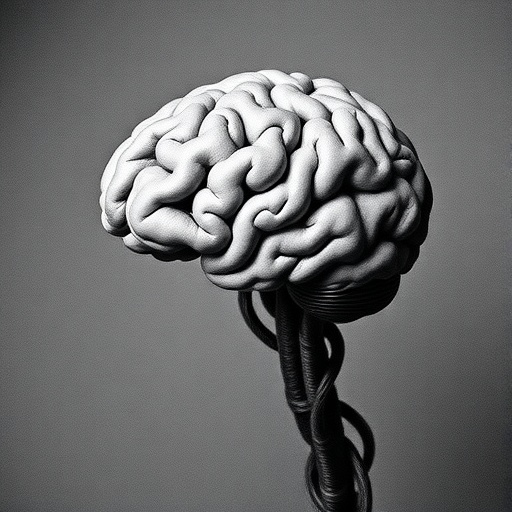
Credit: Photo courtesy of S. Llamazares / Gonzalez Lab
The group led by ICREA Research Professor Cayetano Gonzalez at the Institute for Research in Biomedicine (IRB Barcelona), in collaboration with Giuliano Callaini's team at the University of Siena in Italy, has published a study in The Journal of Cell Biology that identifies the critical role played by a protein called CENTROBIN in sperm tail development.
In flies, as in humans, the sperm cell (spermatozoon) is made up of the cell body proper, also referred to as the sperm "head", and the flagellum. The flagellum, also called the sperm "tail", is a slender lash-like appendage that protrudes from the cell body. By beating their tails, sperm cells swim to the female reproductive cell (oocyte) and fertilise it. A bundle of microtubules that span the entire length of the tail is critical for flagellar beating. These microtubules are arranged in a characteristic radial symmetry that has been conserved throughout evolution and is templated by a small organelle called the basal body, which sits at the base of the flagellum.
Using the vinegar fly Drosophila melanogaster as a model to study how the sperm tail develops, Gonzalez's Cell Division Lab has found that CENTROBIN plays a critical role in the assembly of a subset of microtubules within basal bodies. In the absence of CENTROBIN, basal bodies lack these microtubules, as do the non-motile tails that they template. Consequently, CENTROBIN mutant males are sterile.
A human condition: "easily decapitated spermatozoa defect'
In addition to the faulty microtubule array within the tail, the head-to-tail link is often severed in CENTROBIN mutant sperm. This effect is reminiscent of a human male sterility condition known as the "easily decapitated spermatozoa defect'. Semen from individuals affected by this condition appears normal, but minimal micro-manipulation, such as that required for in vitro fertilisation, results in sperm heads that are separated from their tails and thus that cannot swim.
In summary, the recent article demonstrates that CENTROBIN, which is well conserved between humans and flies, is a positive regulator of normal flagellum development. Remarkably, a previous study by the same group showed that CENTROBIN exerts a negative effect in the development of primary cilia. Primary cilia are a shorter version of flagella that are present in certain neurons in the fly and in many cell types in humans, where they function as sensors of external stimuli. Like flagella, primary cilia contain a microtubule array that is templated by the basal body.
Taken together, these results reveal the multifunctional nature of CENTROBIN, a protein that plays opposing roles in distinct cell types in the same organism.
###
Reference article:
Jose Reina, Marco Gottardo, Maria G. Riparbelli, Salud Llamazares, Giuliano Callaini, Cayetano Gonzalez
Centrobin is essential for C-tubule assembly and flagellum development in Drosophila melanogaster spermatogenesis
The Journal of Cell Biology (2018) DOI: 10.1083/jcb.201801032
Media Contact
Sònia Armengou
[email protected]
34-934-037-255
http://www.irbbarcelona.org
Original Source
https://www.irbbarcelona.org/en/news/key-protein-in-sperm-tail-assembly-identified http://dx.doi.org/10.1083/jcb.201801032




